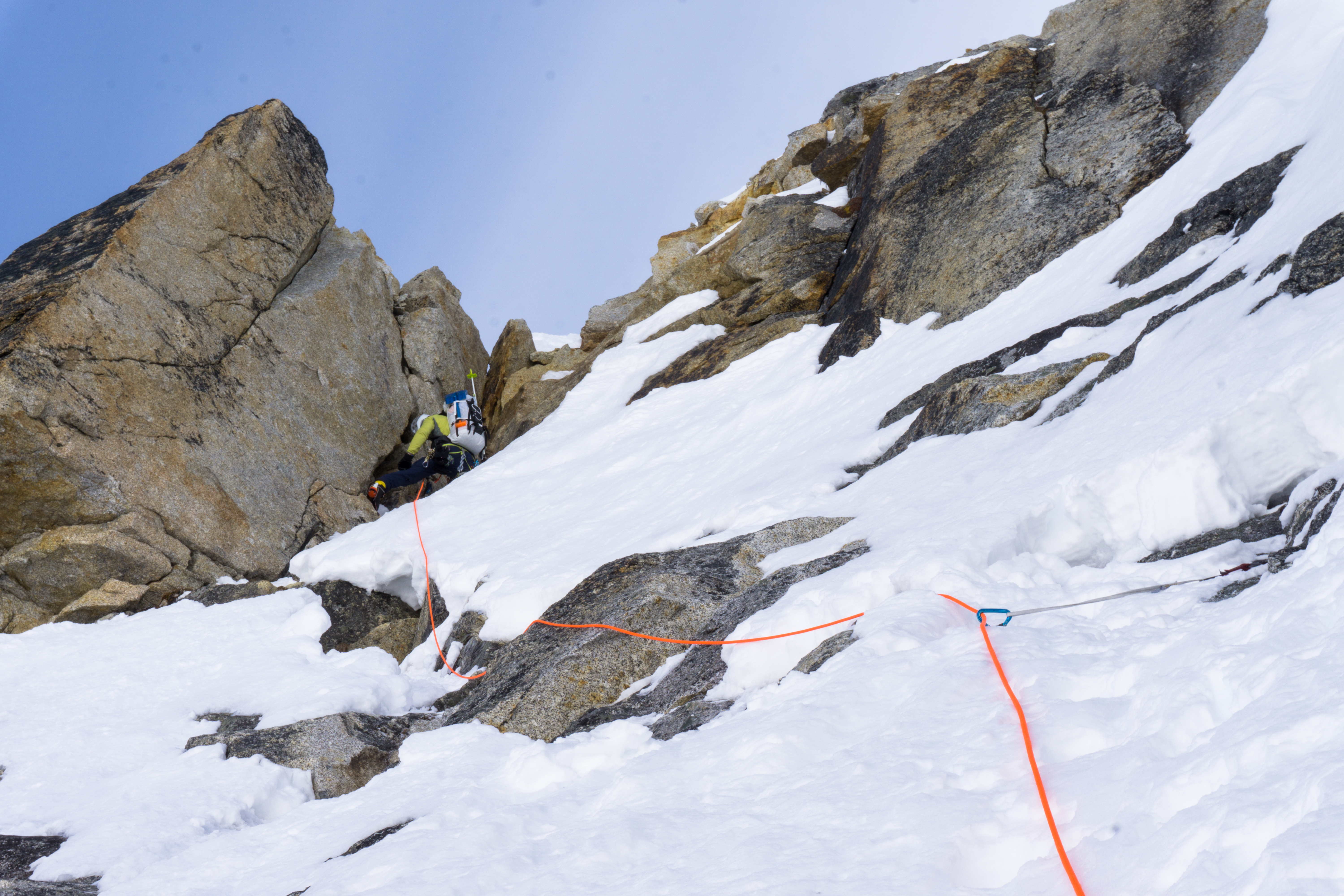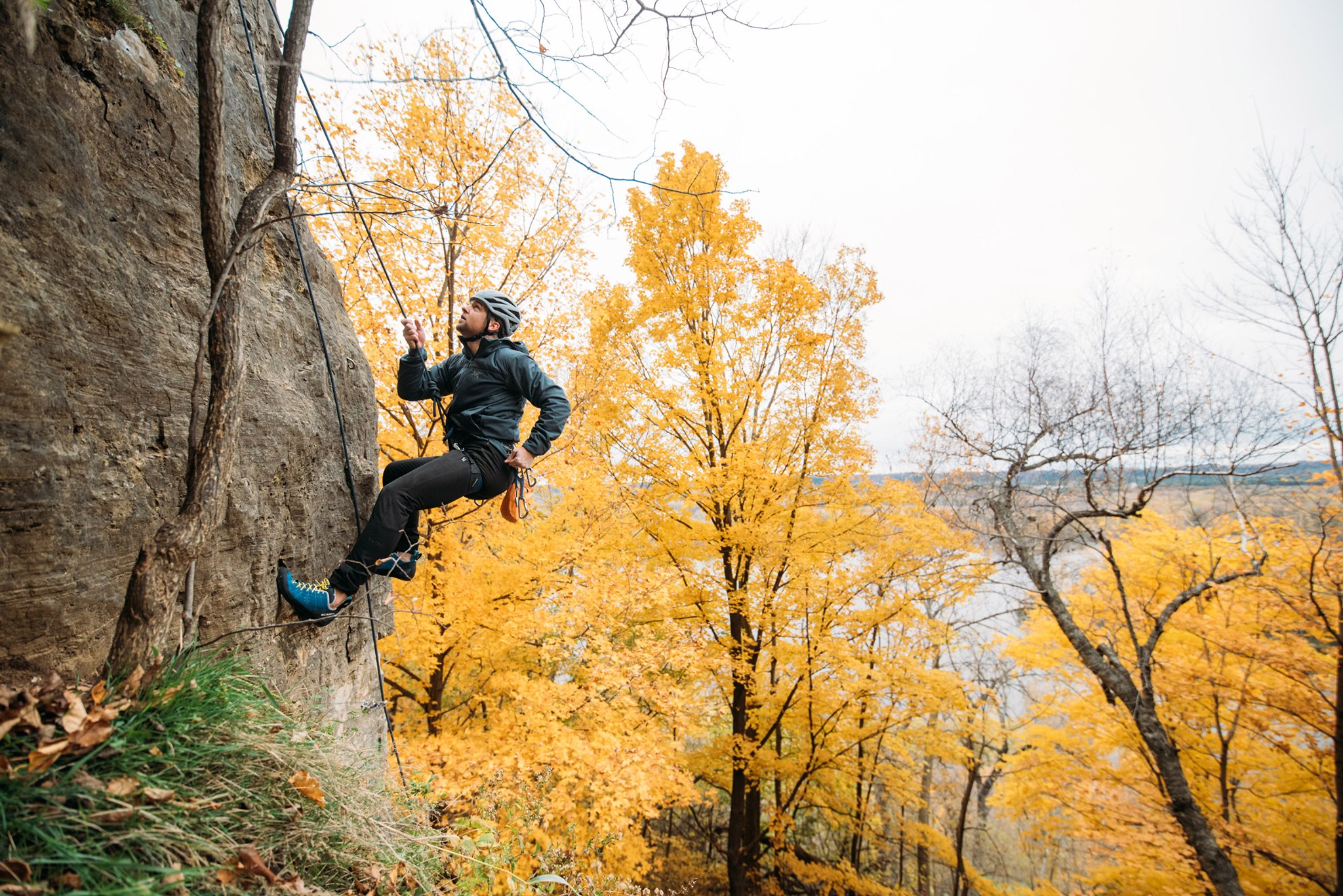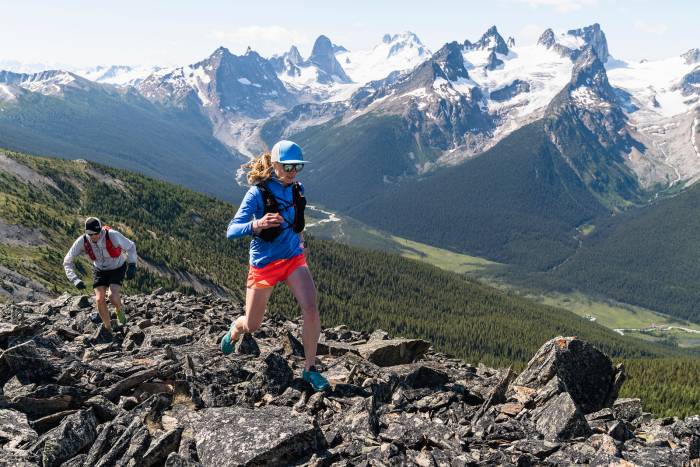From climbing mountains to running marathons, a job at GearJunkie requires a solid level of fitness. Our ‘How I Stay Fit’ series profiles editors and contributors on our staff for a peek at their fitness habits and idiosyncrasies working out and adventuring in the outdoors.
In high school, I participated in many of the general, seasonal sports but never paid much attention to training as a means of becoming a better athlete.
To be sure, I spent hundreds of hours in the low-lit, dreary room that my school labeled a “gym.” It was littered with diagrams of the different muscle groups and posters showcasing “functional lifting,” but by no means was there any order to what went on there. My guidance, like everyone’s, came from our high school gym teacher, who, at best, helped us prevent some hamstring tightness.
In college, I found rock climbing — first in the gym and then outdoors. What began as an easy excuse to skip class eventually turned into participating in local workshops on technique and movement, and then into something much deeper.
During my junior year, I joined and competed for my university’s competitive climb team. This is where my interest in training initially caught fire. That year, my dad and I built a deathtrap out of two-by-fours and recycled wood from our garage. And we drilled a Metolius hangboard to the top for use in my apartment.
Obviously, neither my roommates nor my property managers were thrilled when I wheeled this guillotine-like structure through the main lobby. But I jumped in with both feet.
Since then, my training has become all-encompassing. I’m now most interested in training that encourages strength and efficiency in the mountains, both physically and mentally.
Project Manager Alex Hansen: Ice Climbing, Alpine Climbing, and Skiing
Fitness motto: Do better, try harder.
Personal stats: 5’11’’, 170 pounds, 23 years old.
Favorite activities: Ice climbing, alpine climbing, skiing, surfing.
Fitness accomplishments: Ascent of Bacon and Eggs, Micro-Moonflower, Central Alaska Range; ascent of Southwest Ridge (to summit ridge), Mt. Francis, Central Alaska Range; Ascent of North Ridge, Mt. Baker, North Cascades; ascent of Kautz Glacier Route, Rainier, Central Cascades; single-push ascent of Ingraham Direct, Rainier, Central Cascades; first clean-aid ascent of Centennial, Devils Tower, Wyoming.

Weekly routine: I generally train 6 days a week and try to integrate one full rest day. For me, rest days are an essential part of staying fit, healthy, and sane.
My focus lies mainly on endurance and functional strength, with a large emphasis placed on my core. My current regimen includes 2-3 days of training on a stair stepper (the majority of the time with a weighted vest) or specific treadmill work. I would much rather this time be spent outside, but the use of equipment allows me to dial in intervals and train within specific heart-rate zones.
Each week, I also spend 1-2 days on more general strength training, along with training more specific to climbing. I incorporate a specific core routine into the majority of my workouts and integrate it into my overall routine in some capacity every day.
I split the weekend between climbing and one longer, endurance-heavy workout. This is either an outdoor run or cross-country ski that targets a long duration at a lower threshold rather than higher intensity. Like many mountain athletes, I use a specific curriculum from Uphill Athlete as a reference point. With that said, I moderate when needed to hone in on specific weaknesses.
How I keep it fun: To keep my training engaging, I make a weekly effort to incorporate a workout or activity that sits outside of my base routine. For example, the gym where I currently work out offers a variety of fitness classes each day. I aim to attend one of these classes each week, both to keep things from becoming stale and to hit slightly different muscle groups. During the summers, I do interval and endurance training with a local running group once per week.
Most importantly, I try to not be too hard on myself for missing a day, or for choosing a different activity for an evening because it seems more enjoyable. Every couple of months, I take an entire week off to take stock of my current state — what is and isn’t working. And, more generally, I rest for the next phase of training. I find this to be extremely useful.
To be honest, my current training regimen isn’t “fun.” It’s more like a part-time job. But, consistency and gradual escalation are fundamental to my long-term improvement.

Recent fail: Last April, my climbing partner Ben Lieber and I were rappelling down Bacon and Eggs, a high-quality alpine route off of the Kahiltna Glacier in the Central Alaska Range. Only two rappels from the base, Ben dipped below the crux of the route. I quickly followed suit.
I came down to the anchor, clipped in and backed myself up, then hurriedly began pulling down on one of our twin ropes. During this time, Ben and I reflected on the stellar day we had just experienced together. But then the pulling stopped.
I instantly knew I had made a mistake. I forgot to take the knot out of the end of the other rope. Here we are, our skis 70 m below us, and I spaced on undoing a simple stopper knot. A slew of profanities spilled out of my mouth.
Without much discussion, I racked a few ice screws, tied into the rope we had access to, and re-led the pitch for the second time that day. Fortunately, this was fairly uneventful, and I was back at the anchor with Ben shortly after. On a larger route or in more marginal weather, this could have been a much worse circumstance.
The mountains taught me a valuable lesson in a very forgiving way. If backup knots are appropriate, tie them. Then untie them before you work toward the next rappel.

A personal tip for staying fit and pushing limits: Use goal-setting to your advantage. Building a pyramid of experiences with a robust foundation is crucial for achieving any larger, long-term goal.
Start with short-term and midterm goals, projects that will add to the skillset needed to make the larger goal more obtainable. Make these goals achievable and engaging — but not too easy.
In the end, choose a long-term goal that will force you to put in the work and commit to it. Because there are no pipe dreams.









